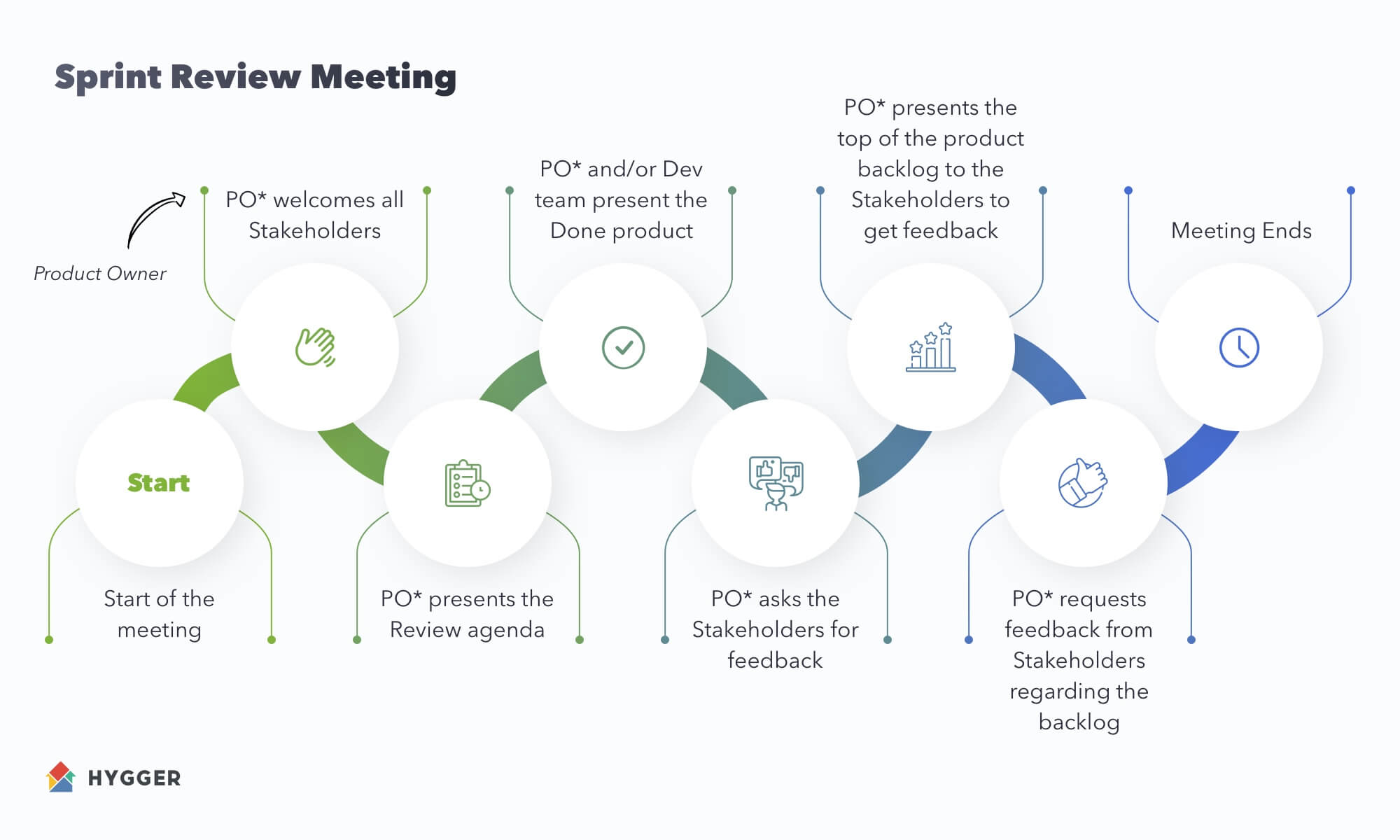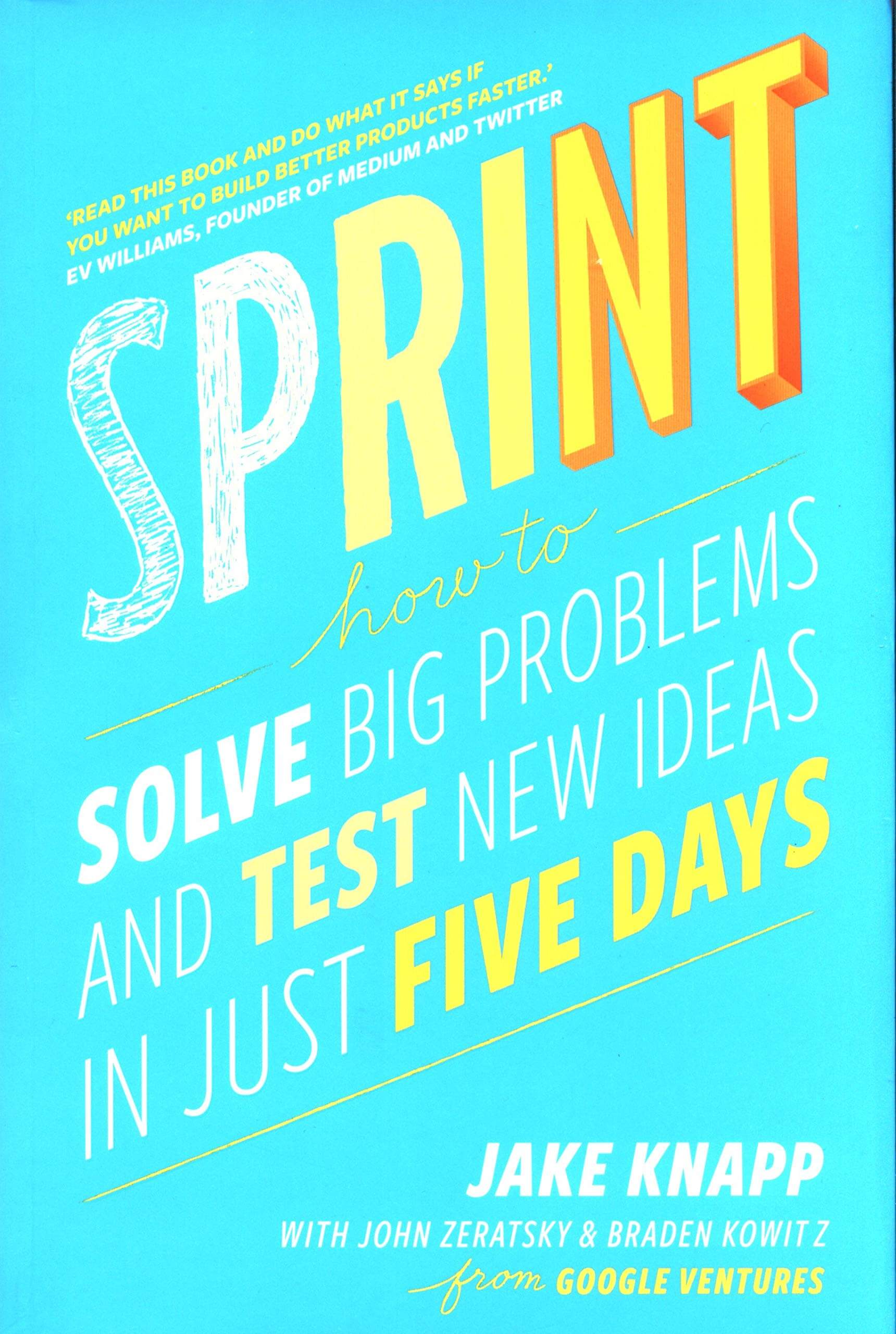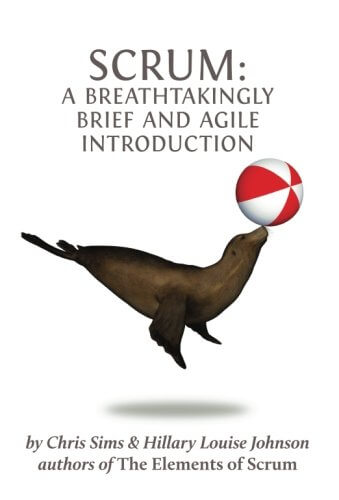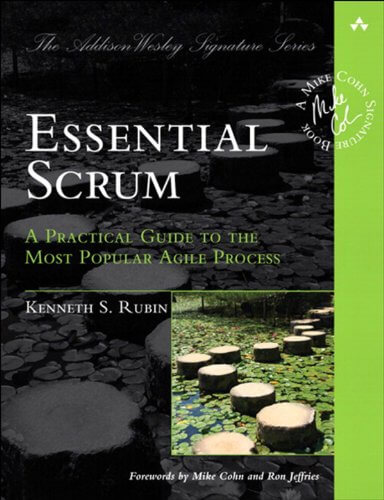Secrets of Running a Successful Sprint Review Meeting

If you have ever dealt with Scrum, then you know that this framework is based on four basic Agile ceremonies. One of these ceremonies is a Sprint Review meeting.
It is important for Scrum teams and all stakeholders involved to connect for a Sprint Review after each Sprint in order to assess the tasks completed. The Sprint Review (also known as the “Demo”) is designed to gather actionable feedback on what the team has completed. This is a great opportunity for them to demonstrate their work and inspect the overall roadmap for the product.
Is it easy to prepare and conduct such a meeting? What are the secrets of this Scrum event? Let’s take a look at what it takes to hold an efficient Sprint Review.
What is Sprint Review in Agile?
A Sprint Review meeting is one of the Scrum ceremonies and the penultimate event of the Sprint. It should take place every Sprint. Only the Retrospective meeting follows after the Sprint review.
A Sprint Review is aimed to inspect the Increment and adapt the product backlog if required.
Who should attend the Sprint Review?
The Scrum team and the stakeholders collaborate during a Sprint Review. They discuss what was done in the last Sprint and what changes the product requires. The meeting helps the participants to decide on the things that could be done to get an optimized value.
Usually, the meeting lasts up to four hours. For shorter Sprints, it can be shorter. This is not a status meeting, it’s quite informal and the Increment presentation is aimed to elicit feedback and boost collaboration.
For Scrum Masters, it’s important to teach everyone involved to keep it within the time-box.
What is the main purpose of a Sprint Review?
“Many ideas grow better when transplanted into another mind than the one where they sprang up.”
Oliver Wendell Holmes
The main goal of the Scrum Sprint review is to inspect the Product Increment delivered in the Sprint and to adapt the backlog if it is needed. During the meeting, the Increment and the backlog are demonstrated to the stakeholders.
Let’s say, the Agile Sprint Review is a collaborative working session, where the entire team collaborates with stakeholders with the aim to optimize the value of the product.
There is an important, but often overlooked aspect of the Scrum Spring Review – the need for working software. If the software is not tested and not working then it is not possible to start the feedback loop. It is crucial to understand that this Scrum event does include a demonstration, but the focus should be a conversation.
What are the Sprint Review elements?
What is done in Sprint Increment Review? Here’s the list of typical Sprint Review elements:
- Meeting participants include a Product Owner, a Scrum Master, a Scrum team, and key stakeholders.
- The PO communicates what product backlog items have been done and what has not been done.
- Developers discuss what went well during the Sprint as well as what problems they faced. They specify how those problems were solved.
- Then developers demonstrate the work that was done. They also answer questions about the Increment.
- The PO discusses the actual backlog view and schedules likely delivery dates based on progress to date if required.
- All attendees collaborate on what to do next (that is why this event provides valuable input to subsequent Sprint planning). They review how the marketplace has changed and discuss what is the most valuable thing to do next. They also review the timeline, budget, and potential capabilities for the next anticipated functionality releases and capability of the product.
Following all these elements leads to the revised product backlog that defines the probable Product Backlog items for the next Sprint.
Who runs the Sprint Review meeting?
The entire team and key stakeholders are invited by the Product Owner. Everyone agrees to be open about all the work and possible challenges with performing.
The Scrum Master assists the stakeholders to understand the concept and value of iterative development. This is about the early involvement and the continuous inspection. During the meeting, the Scrum Master helps everyone to understand and enact Scrum and empirical product development.
Sometimes, stakeholders may not understand how they contribute to development. The role of the Scrum Master is to help them to understand it.
When should Sprint Increment Review happen?
As we’ve briefly noted above, a Sprint Review is held at the end of the Sprint before the Sprint retrospective meeting.
Sometimes, Scrum team members initiate the postponing of the review meeting. They argue this noting the following reasons:
- The goal of the Sprint can be not achieved yet.
- The Increment is not in a reviewable state.
- The forecasted PBI’s are not done.
- The PO, stakeholders, or some developers could not attend.
You should always remember that the Scrum Sprint Review serves to benefit transparency and it requires participants to be open about all the challenges as well. Don’t avoid inspecting something together, even if you already know you are reviewing something that isn’t in an ideal state.
What is the flow for the Sprint Review?
Still do not know where to start? The following chart gives insights into what the meeting’s flow could look like.

This is just an example. Remember that the Sprint Review should be an interactive event, in which attendees ask questions to each other, but also where stakeholders can use and play around with the features that were created.
Sprint Review vs Sprint Retrospective: What is the Difference Between Them?
By this point of the article, it should be clear that the Sprint Review and Retrospective serve completely different purposes. However, let’s consolidate this difference by sorting out all the important points.
1. Participants
Scrum Sprint Reviews involve almost anyone related to the product, whereas the Retrospectives is the event for the Scrum team alone (no third-parties attend it).
2. Goals
The goal of the Review meeting is the alignment between the Scrum team and the stakeholders, as well as providing the team with a general path for development. The Retrospective event’s goal relates to consistently improving the team performance from Sprint to Sprint.
3. Deliverables
Both meetings are held after the Sprint ends, however, their outputs vary greatly. The Sprint Review output is related to the updated product backlog with the top priority user stories for the developers to work on at the top. The Sprint Retrospective output provides all involved with the action list with specific steps to improve the ways of working during the next Sprint.
Sprint Review meeting template: how should it go?
To summarize all the facts mentioned above, let’s highlight the Sprint Review agenda in the Agile environment. Here’re the most essential points you should consider:
- Review goal
- Demonstrating how the work is done
- Sprint feedback request
- Discussing the work that is not done
- Identifying risks/ possible impediments
- Reviewing PI objectives
- A brief peek at the next Sprint
How to Run a Remote Sprint Review?
During the period of all-consuming remote work related to the epidemiological situation caused by the Coronavirus, this issue cannot be left aside.

The following tips will help you to hold a virtual Sprint review meeting:
- Introduce everyone calling.
- Initiate a small talk to break the ice.
- Share your screen.
- Use visual graphics.
- Point to the place where all attendees can identify the info you are sharing.
- Be specific in your instructions.
- Tell how people can find the team board, where they can provide feedback, how the specific metrics will be calculated, etc.
- Make sure you do not have any popup notifications on your screen.
- Avoid all background noises.
- Summarize the key points of the Sprint Review.
- Ask for feedback and make it interactive.
Bonus: Popular Books on Sprint Review and Other Scrum Ceremonies
We hope that this article has given you a complete understanding of what the Sprint Review meeting is and how important it is in Scrum philosophy. But in order to strengthen your knowledge and get more information about it, study the following books – they will definitely help you become an expert in conducting an effective Review ceremony!
Sprint: How to Solve Big Problems and Test New Ideas in Just Five Days by Jake Knapp

Scrum: a Breathtakingly Brief and Agile Introduction by Chris Sims

Essential Scrum: A Practical Guide to the Most Popular Agile Process by Kenneth Rubin

Scrum: The Art of Doing Twice the Work in Half the Time Hardcover by Jeff Sutherland

The Elements of Scrum by Chris Sims and Hillary Louise Johnson

Final thoughts
An effective Sprint Review is not just about a demo. The demo is surely useful as it provokes thoughtful discussion about what was successfully built and what needs to be created in the future. However, during this Scrum meeting, your main focus should be on collaboration, not demonstration.
Remember that Sprint Review is a great chance for your team to regularly inspect and adapt the product.
FAQ
What is Scrum?
Scrum is a popular framework that provides people with the ability to address complex adaptive problems, while productively and creatively delivering products of the highest possible value. It consists of roles, special ceremonies, artifacts, and rules.
What are Scrum roles?
Scrum roles include a Product Owner, Scrum Master, and a development team.
What are the key Scrum events?
A Sprint itself, Sprint planning, a Daily Scrum, a Sprint Review meeting, and Sprint Retrospective.
What is a Sprint Review?
The Sprint Review meeting is a before-last event of the Sprint that is held to inspect the Increment and adapt the product backlog if needed. During the meeting, the Scrum team and stakeholders collaborate about what was done in the Sprint and discuss the next things.
What is the purpose of the Sprint Review?
The meeting aims to get Sprint feedback from the stakeholders on the user stories done during the Sprint.
What should I cover in my Sprint Review?
To be prepared for the Sprint Review, consider the following: a Sprint goal, demonstrating the work done, requesting feedback, discussing work not done, identifying risks, reviewing PI objectives, and a quick peek of what could be expected in the next Sprint.
How long does a Sprint Review meeting take?
The time-box for this Scrum ceremony is 4 hours, for a Sprint of 4 weeks. For shorter Sprints, the time-box is typically shorter.
Who are the stakeholders of the Scrum Team?
It can be anyone interested in the functional topics covered during the demonstration of work done during the Sprint (users, managers, colleagues, future clients, etc.)
*the picture used is by pexels.com (M. Winkler)




